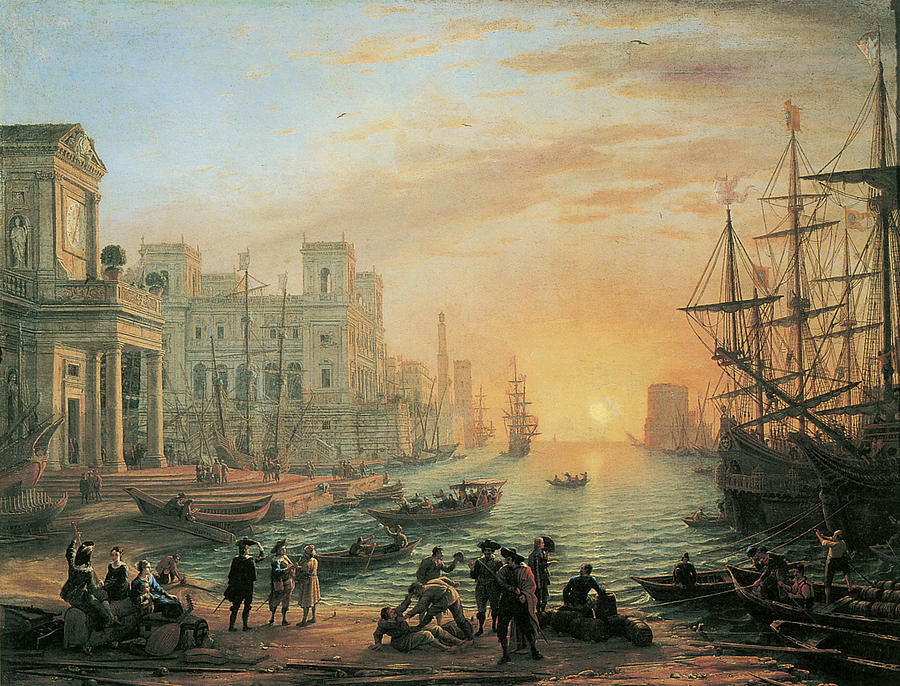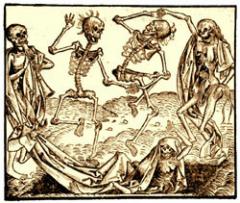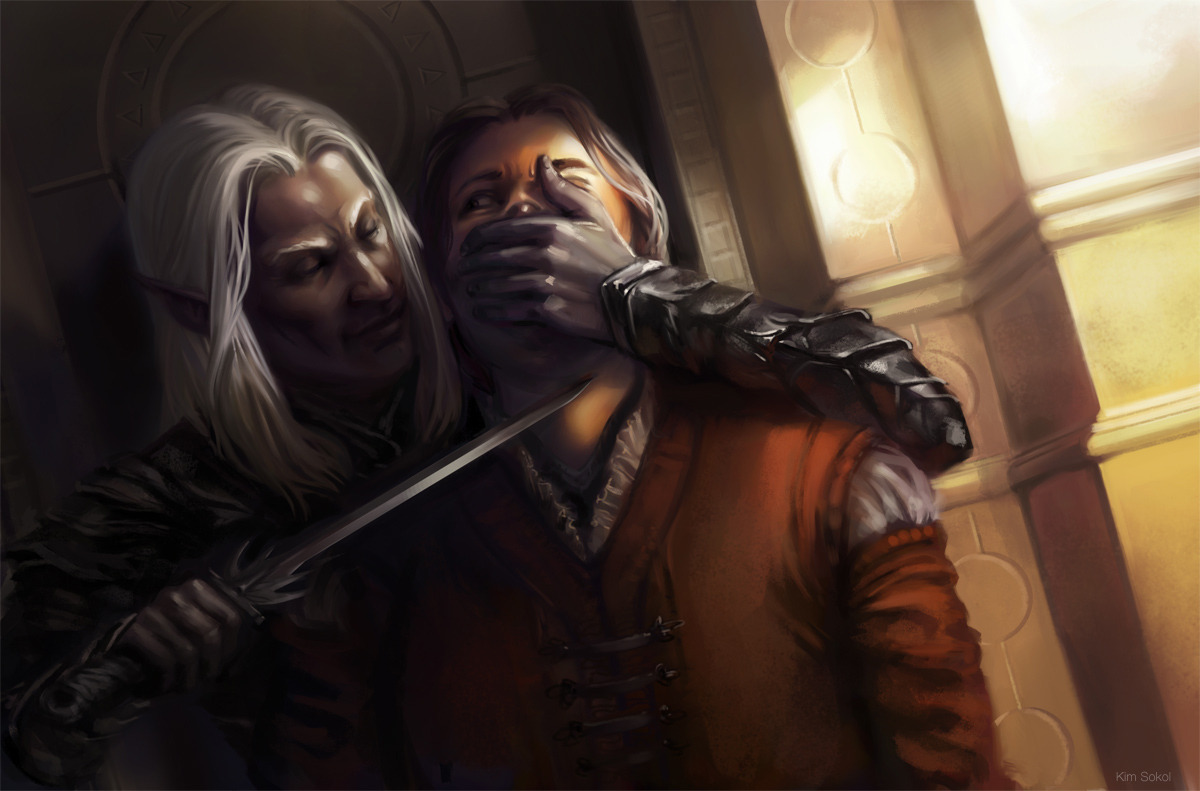Capitol City: Yllmar (Enarrion) and Yvisk
(Andanir)
King: Malin
Tarmas III rules Enarrion, and he has appointed Arimas Gonn Darspad as the regent
of Andanir.
Allies:
Hyrkania, Sendral, Octzel, Naminthia, Belladas
Enemies:
Hettanar, Golmadras, Naminthia, Crytea, Covarte
Racial Mix: Enarrion
and Andanir are predominantly human, but there are almost as many orcs dwelling
in the mountains and underworld. The second largest populations can be found
among the sylvan elves of the central mountains and the silver dwarves of
Angharak. Other notable nonhuman populations include the Terkithyi lizardmen,
the Winterbite goblins, several halfling communities, a small but steady
population of gnomes and several minor races including satyrs, centaurs and an
underworld city of ashtarth dark elves dedicated to the demon god Lamashtu.
Enarrion and Andanir are linked
sister nations, ruled by a feudal monarchy with a council of land owners and
merchants as a presiding advisory council. The kingdom is divided in to eight
duchies and forty counties. Power is divided between the king and his chosen
regent in Andanir (once old Drai’in), as per ancient accords after the time of
the Plague of Unarak.
Throughout Enarrion the chief deity of veneration is Naril, and many
lesser gods of the Middle Kingdoms are revered, as well. Worship of Unarak is
forbidden and punishable by execution. There is also a strong and ancient druid
cult in both lands, dedicated to Zingar, Wolfon and Poltrietie. Throughout the
land, ancient stone henges can be found where mysterious druidic rites are
practiced. This cult is especially popular with the commoners, the lower class
peasants who tend to believe in old Drai’inic and Hettanari ways.
Enarrion and Andanir are at the epicenter of a cultural clash-zone. The
Middle North is where the cultures of the Middle Kingdoms and the cultures of
the Northlands have long intersected, as well as those of the plainslanders
(such as Covarte) and beyond. In the present era, Enarrion is strongly
influenced by the cultural moors and beliefs of the Middle Kingdoms, most
notably northern Hyrkania, and it even shares the language. There is still a
strong, old influence from the days when the Nordamans and Hettanar conquered
the region, however, and this shows most strongly amongst the commoners. There
are entire villages and communities in the remote lands of Enarrion and Andanir
that only speak the Northron Tongue, for example. Moreover, the older central
culture of old Drai’in, the small kingdom of the old era that was annihilated
in the Dark Ages when Unarak rose to power and created his vast army of undead,
still persists amongst these rural countrymen, including the Drai’inic
superstitions and fears. The druid cults of the region are all derived from
this adherence to old Drai’in’s beliefs, for example.
The law in Enarrion is fairly strict when it comes to crime and
punishment; theft of valuables from a nobleman can be punished by imprisonment
or maiming, and murder is punishable by death. Weapons are not generally
restricted in the land, as the persistent threat of orcs and other dangers,
along with the legacy of Unarak’s Plague give every man cause to carry some
weapon in defense.
Because of the unique problems posed
by the rise of Unarak as a demiurge and the Plague of Undeath that was wrought
upon the land eight hundred years ago, burial rites are rigidly enforced, and
all bodies must be interred with “rituals of passage” to insure the dead pass
peacefully in to the afterlife. Because of the cultural influence of the
northerners, it is not generally accepted to use the Hyrkanian custom of
cremation to remove the dead, and the northern burial customs are instead
adhered to. That said, most tombs are carefully sealed and locked, and when
possible (such as with Yllmar’s island necropolis) the dead are placed in areas
where, even if they should rise again, it would be difficult for them to get
out.
Yllmar was once an independent city
state, founded long ago as a center of trade between the Middle Kingdoms and
the North. Over many centuries it grew and expanded and at last became a
province of the old Hyrkanian Empire. Amidst its expansion there could be found
several emergent cultures, including the Covartans, the Silver Dwarves of
Angharak, the Drai’inics and the Hettanar of the north, who were the southern
tribelanders of Zarn. The Silver Dwarves warred with the orcs, who after a long
war were united by the chaos lord Angharak. The silver dwarves were driven from
their mountain homes and scattered in a diaspora across the world.
Prior to the era of the Long Night and the Dark Ages, Yllmar’s history
was one of periodic invasion and succession. Drai’in became its own kingdom,
the Hettanar were part of the Nordaman Empire for a time after being conquered
during a period when the Nordaman even sacked and pillaged the Emerald City of
Hyrkania’s capitol itself. Throughout all this Yllmar prospered.
During the Long Night a powerful necromancer arose named Unarak. His
forces rose up in the east from the cruel kingdom of Starthias and swept across
the continent. The conflict brutalized the Middle North, and Drai’in as a
kingdom fell in to disarray. Hyrkania was no longer a united empire by this
time, and no help was forthcoming. It was thanks to the brothers Enarrius and
Andan that a reisstance was mounted, and the various tribes and cities were
united under their banner. Yllmar, though sacked and pillaged by the undead
horde, was eventually freed. When all was over with, Unarak was imprisoned,
though his closest allies later sacrificed themselves to grant him a spiritual
ascencion to godhood. His armies, however, fell after his physical form did,
and the undead plague was driven from the land. The brothers united the western
and eastern peoples and began to rebuild.
Over several centuries it became evident that the world was warming, and
the polar ice caps of the world broke asunder and flooded the coastlands and
low-lying regions of Lingusia. This was especially noticeable in Yllmar, where
much of the land stretching from west to east to the great Amechain Basin was
dikeland, below sea level. In a matter
of years this land was engulfed in rising flood waters that eventually turned
in to a never ending torrent, an expanding river delta that turned in to a
greta lake and then a small sea. Amech, beneath the sea level, was flooded,
creating the new Great Sea of Amech. In turn, land-locked cities such as Yllmar
became beachfront property, and the old dike and swamp lands of the region were
no more.
After this long period of renewal, the city itself and its lands were
revitalized by the new trade opportunities opened up. Yllmar became a sea port,
and it’s old lower city, now engulfed in water, became the bay over which the
new city grew up around. Trade became brisk with the scattered islands and the
surviving cultures in the Amechian region, and the eastern kingdoms, of which
Naminthia had become most prominent. The two founding heroes of the new land
had since passed away, and the realm was now known in their honor, as Enarrion
and Andanir. It became a tradition that the king would reside in Yllmar and
rule western Enarrion, and his most trusted ally would be granted regency of
the east, in the darker lands of Andanir.
Over the last five centuries, a few major events have happened of note:
·
Several
major orcish invasions have been mounted from the Angharak Mountains, which had
been seized and retained under Andan’s reign in the east, along with the
founding of the city of Tamilias. The orcs, unable to unite under a strong
leader as of yet, have failed in these attempts to expel men and the returning
dwarves to their lands.
·
Covarte
has developed as a sea kingdom as well, and now competes fiercely and sometimes
with the use of military force against Enarrion.
·
The
Hettanar tribes have reunited on two occasions, and posed a threat as an
invading force as recently as a decade ago. So far Enarrion and Andanir have
repelled any concerted invasion attempts, although Hettanar raiders are a
constant threat.
·
Very
recently, roaming groups of undead have appeared out of nowhere, and rumors of
the rise of the cult of Unarak, now revered as a true god, have begun to
emerge. This has led to a paranoid crackdown on any strange cults, and a fierce
determination to destroy any undead in the land. The Silver Blades and the
Walkers of Final Night have been looking for old barrows and ancient burial
lands from the past, to unearth and excavate them that any undead within may be
put down.
Orders and Groups of Enarrion and
Andanir:
The Esoteric Order of Warenos
The venerable order of knowledge and magical teachings has stretched as
far north as Enarrion, with a small estate and institute of learning on the
outskirts of Yllmar. The Esoteric Order serves as both an institute of teaching
for wizardry and a temple to the demiurge or magical lore. The elder magian of
the order is Lord Quarios, a man of Naminthian descent,
who has resided here for two decades. He is a member of the Order of Twelve, as well.
Knights of the Northern King
The venerable knights of the Northern King are a long-standing militant
order that swears direct fealty to the standing king of Enarrion, a servitude
that goes back to the founding of the kingdom after the Plague of Unarak eight
centuries ago. The knights were one of several orders that grew out of that
time, a band of men who stood fast against the tide of undead that overwhelmed
the land. The knights are about one
hundred strong, and spread through the forty counties of Enarrion. Their main
headquarters in the Hall of the Northern King in Yllmar, and they have a
private fortress located in Skymantle, where Darton Gonn Severus, highest member of the order presides over his
men and protects the city in his duchy.
Templars of the Sun
The principle temple of the sun is located on the island of Sol’Dranir
in the city of Atarios, which rests beneath the spire of the Star Mount. At the
high peak of the Star Mount is the fabled ancient Tomb of the Sun Lord Naril,
the ancient solar god that was once the patron of the old Empire. The Templars
revere Naril, and seek to defend the lands of Enarrion and Andanir from evil. They
are a sworn military order of paladins and clerics who carry on a variation of
the Hyrkanian Solarian Knights from the era of the Empire, and both protect and
maintain the Temple of the Sun on Star Mount as well as battling the forces of
evil and chaos wherever they may find it. Their leader of the high lord Dalan
Gonn Stromerik, ruler of the duchy of Sol’Dranir.
The Hand of Set
Working a three-way secret war between the rival Servants of the Shroud
and the extremely secret and profane Servants of Unarak, the Hand of Set
conspires to gain power through the dedication of the land’s highest agents.
Unbeknownst to most, the Regent Armias Gonn Darspad of Andanir has been
swayed to the belief that his aiding the Hand of Set will grant him the
rulership and power he desires. His interest in the cult has let the port city
of Yvisk where he rules turn in to a breeding ground of cult activity, and
serpent men are rife in the region. The high priestess of the order in Yvisk is
the half-serpent woman Ytharra Thane, a witch of the highest order. Her chief
enforcer is the dreadful Tarnak Bloodfang, a setite vampire.
Servants of the Shroud
The mysterious cult of the umbral goddess Phaedra, the Servants of the
Shroud work secretively to secure a strong following in Yllmar, and to
undermine the throne. They are backed by the traitorous nobleman Kaligos Gonn Trestor, who seeks
the throne for himself. The high priestess of the cult is the gorgon Silaernas.
Nightfire Thieve’s Guild
The oldest and largest thieve’s guild in Yllmar, named after the
“nightfire” affect of the Northern Lights. Managed by the notorious thief Tarn
Danaros and his gnome enforcer Trignaspar. The best thief in the city is the
half elven woman lady Shar Trineste, the chief enforcer for the guild.
Silver Blades
This is a society of rangers who specialize in hunting down the Orcs of
Angharak. The leader of the Silver Blades is the silver elf Sydiratta Thyndalien, and her right-hand man is the reformist ashtarth Enarythen Mandyrkaz. The principle center of operation for the Silver Blades
lies in the heart of the Shadowsfar Mountains, in Castle Remargas. The
Silver Blades answer directly to the Regent of Andanir.
Walkers of Final Night
This is the cult of Death, a handful of members who are dedicated to
hunting down the last undead from the Plague of Unarak. The High priest of the
cult in Enarrion is the old templar Galtos
Zern, who manages the Temple of the
Nameless One at the southern end of the Greyfire Mountains.


















.jpg)






